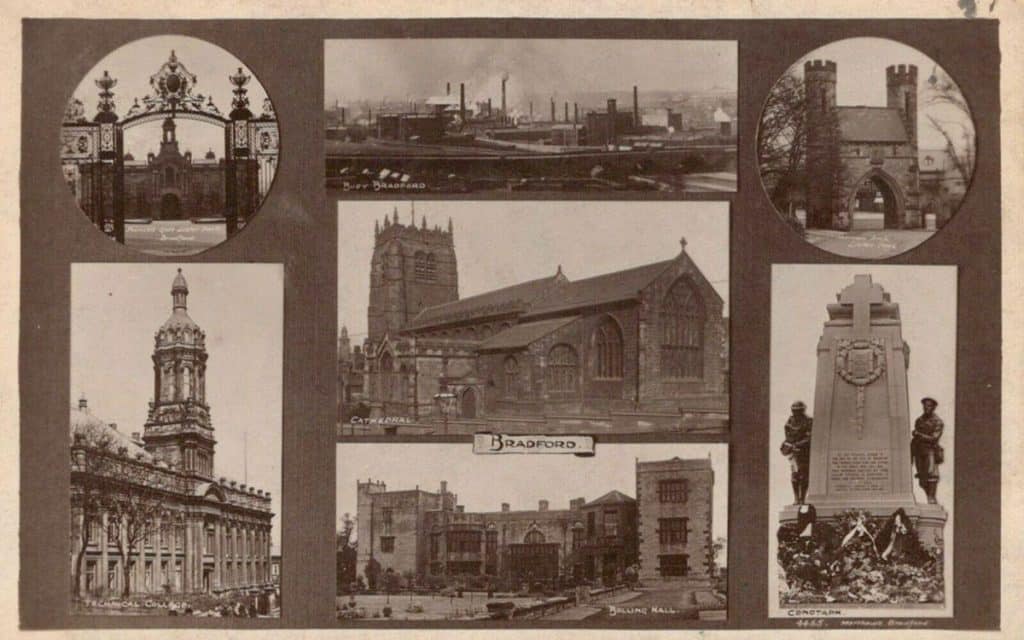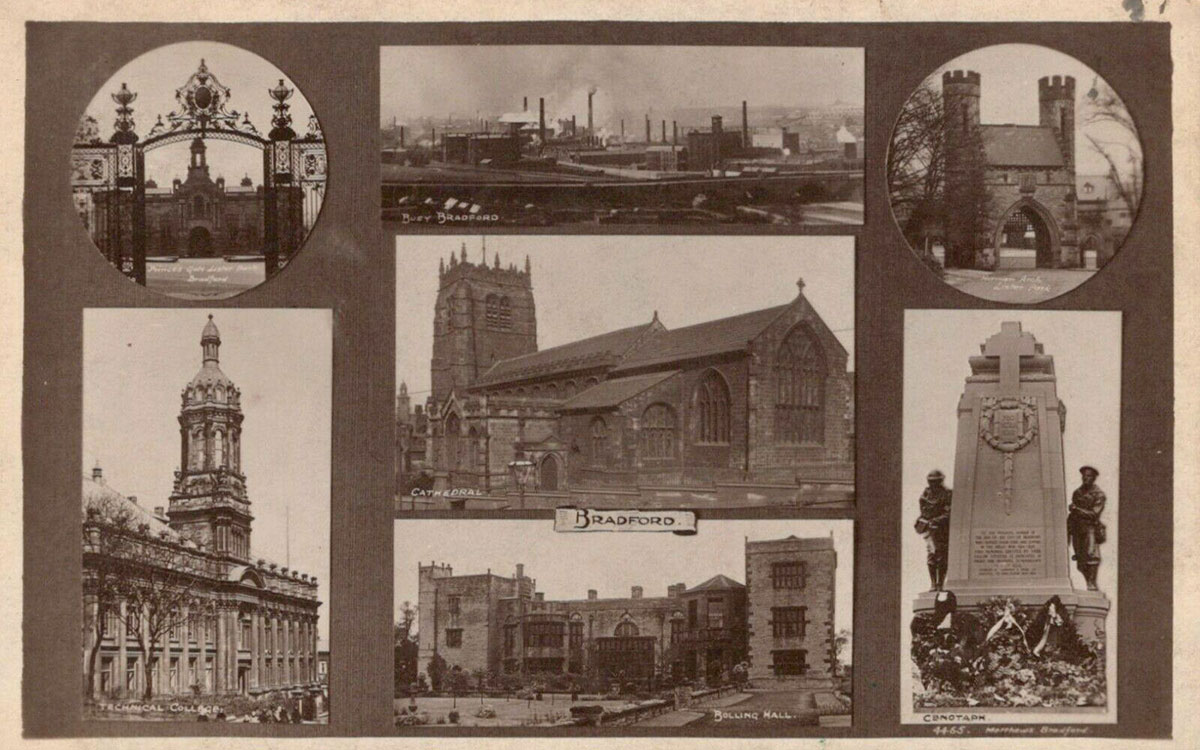Bradford in West Yorkshire has plenty of places you can see a ghost – KAI ROBERTS picks his favourite haunted places.
Paper Hall, Barkerend Road, Bradford
Built in 1643, Paper Hall is thought to be the oldest surviving building in the centre of the city. Various theories have been advanced to account for its name, but the most likely explanation is that the title is a corruption of “Papists’ Hall” and the owners of the house were Roman Catholic at a time when such “Popish superstition” was suppressed in Britain.
Curiously, homes associated with Catholic recusants are often said to be haunted and Paper Hall is no exception. According to one 19th Century account, “a pair of large staring eyes belonging to a face of ghastly aspect were often seen looking out of the windows”. Meanwhile, during the night, residents were regularly disturbed by the sound of somebody treading up and down the staircase. The footfall had a distinctive tap which was thought to belong to the peg-leg of an old admiral supposedly murdered in the building centuries ago.
Bolling Hall, Bowling Hall Road, Bradford
Today run as a museum by Bradford City Council, Bolling Hall is a venerable building, some of the fabric of which dates to the 14th Century. During the English Civil Wars, the hall was commandeered by a Royalist army led by the Earl of Newcastle following the Battle of Adwalton Moor in June 1643.
His troops lay siege to Parliamentarian sympathisers in the city and threatened to bombard them with cannon-fire if they did not surrender forthwith. However, the night before the onslaught was due to take place, the Earl’s sleep was disturbed by a phantom white lady standing at the foot of his bed, lamenting “Pity poor Bradford!” in a doleful voice. The commander heeded this spectral warning and the following morning gave orders that the populace of the city were to be left unharmed.
The room in which the Earl slept became known as the “Ghost Room” and can be visited at Bolling Hall today.

Midland Hotel, Bradford
A classic example of a Victorian railway hotel, this grand edifice was built in 1890 on Cheapside next to Forster Square train station and remains a popular venue in the city today.
In 1905, the famous Victorian thespian, Sir Henry Irving, and his manager — one Bram Stoker — were staying at the hotel whilst Irving played the eponymous archbishop in Lord Tennyson’s “Beckett” at the Theatre Royal on Manningham Lane.
On October 13th, Sir Henry collapsed on-stage after suffering a stroke and was rushed to the lobby of his hotel, where he subsequently passed away. Irving’s ghost has since been seen at both the Theatre Royal (sadly demolished in 1990) and the Midland Hotel—in the room in which he had slept before that final fateful performance.
The actor’s apparition typically appears as an incorporeal figure which seems to coalesce from a haze of something like smoke.
Bradford City Hall, Centenary Square
Despite its shabby state today, Bradford was once a wealthy city at the very heart of the British textile industry.
Its former opulence is reflected in its a City Hall—a majestic example of Victorian municipal architecture which is now preserved as a Grade 1 listed-building. It was built in 1873 and for many decades the cellars housed the city police cells.
Local folklore claims they were once occupied by a prisoner called Charlie who was later executed for his crimes; he now haunts the building as retribution for his ill-treatment. Staff at City Hall particularly dislike working in the basement and those who arrive first often turn on all the lights to drive away the menacing shadows.
In 1988, one employee reported experiencing a panoply of poltergeist activity, including: “cupboards moving by themselves; temperatures cooling dramatically”; and the sound of “a full court in session… (although) the courtroom hasn’t been used for twenty years”.
Grafton Street, Little Horton Green, Bradford
A residential area just to the south of the central business district, Grafton Street was the centre of an urban ghost panic in 1926, when the city was swept by rumours that Spring-Heeled Jack had been terrorising the area’s residents.
Unlike the popular image of Spring-Heeled Jack—breathing fire in an oilskin coat—this incarnation was dressed in a white shroud like a traditional ghost; however, he was so fleet-footed that nobody could catch him as he startled unwary pedestrians and hammered on the door of nearby houses—often escaping by leaping over walls and across the roofs of buildings.
The disturbances continued for several weeks and spread to outlying districts including Brierley and Bingley; but despite a significant police presence and mobs of vigilantes patrolling the streets, the culprit was never apprehended. To this day, it is not clear if the “Grafton Street Freak” was a local prankster or something far more sinister.
Kai Roberts is a folklore and forteana junkie with a particular interest in the South Pennines and the old West Yorkshire Riding. He has written several books on regional folklore which can be purchased here.



